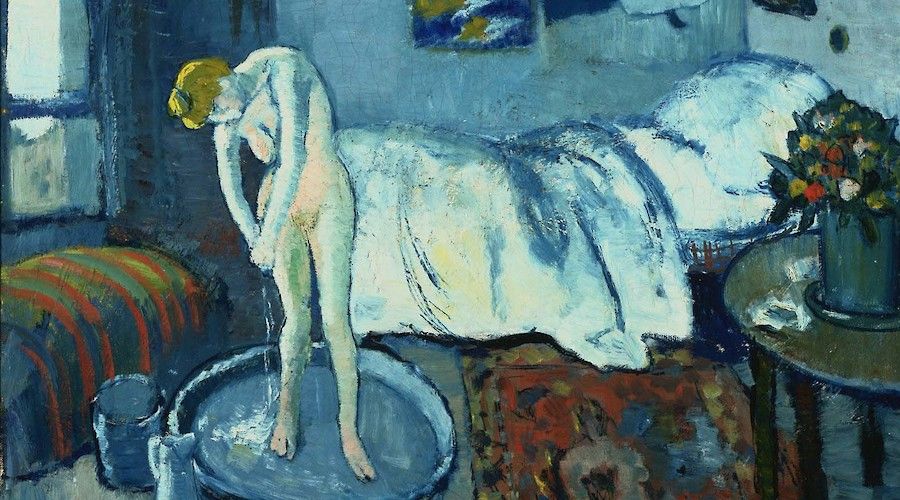Picasso: Painting the Blue Period

This major exhibition provides new insight into the creative process of Picasso at the outset of his career, focusing on his early works just at the beginning of his international career.
Focusing on the years 1900–1904, Picasso: Painting the Blue Period tells the story of how the young Spanish artist, then a fledgling painter in his late teens and early twenties, formulated his signature Blue Period style by engaging with the subject matter and motifs in specific works he encountered –by Old Masters and his contemporaries alike– as he moved between Barcelona and Paris. The Blue Period works in the exhibition reveal Picasso’s evolving and sometimes controversial approach to issues of sex, class, poverty, despair, charity, and female incarceration.
At the heart of Picasso: Painting the Blue Period is new scientific and art historical research undertaken on the three Blue Period paintings in the collections of the two co-organizing institutions: The Blue Room (Paris, 1901) from The Phillips Collection, Crouching Beggarwomen (Barcelona, 1902) and The Soup (Barcelona, 1903) from the Art Gallery of Ontario; this is the first exhibition to approach the Blue Period in this manner.
These studies form the technical foundation of the exhibition, establishing context for these works with particular attention on the underlying hidden compositions and motifs newly revealed beneath each work. The exhibition’s final section tracks how Picasso revisited and repurposed themes from the three works into the late Blue Period and early Rose Period of 1905–1906.
Presenting works from 30 international collections, Picasso: Painting the Blue Period features more than 70 paintings, sculptures, and works on paper by Picasso along with works by French and Spanish artists that he studied before and during the Blue Period.